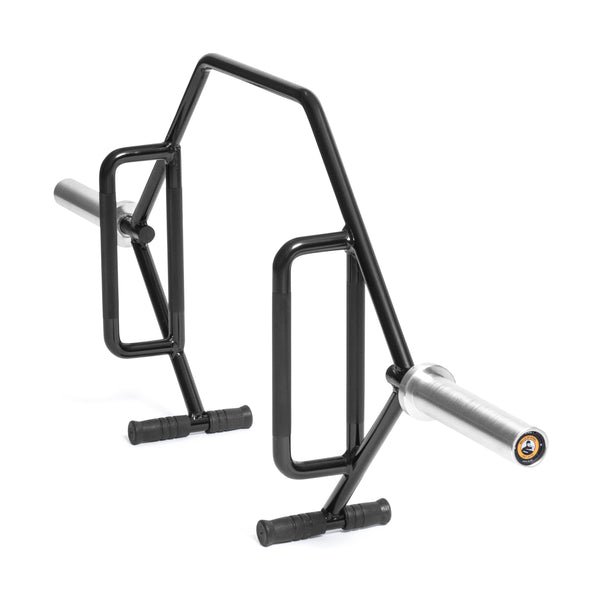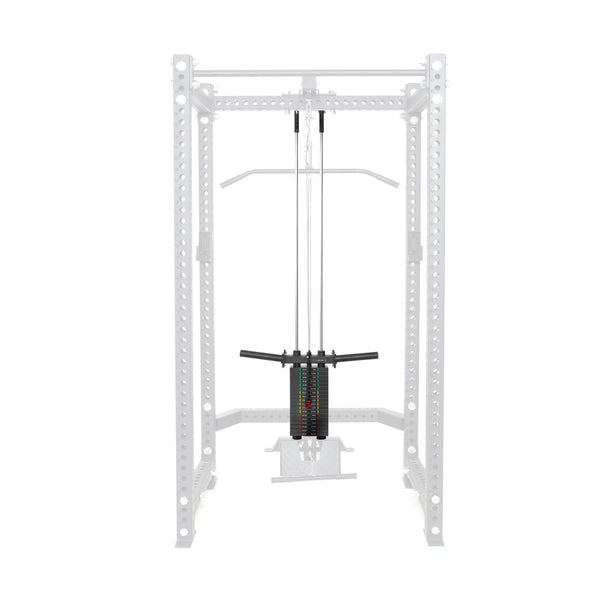Hey there, lifting legends! You know what they say: deadlifts are like a rite of passage in the world of strength training. But, let's be honest, deadlifting with a straight barbell can be a bit intimidating for some of us. That's where the hex bar (or trap bar) comes in. It's like a trusty sidekick here to make your lifting life easier.
But are hex bar deadlifts safer? Let's find out, shall we?
What is a Hex Bar?
So, what is a hex bar? It's a specialty barbell that looks like a funky hexagon with handles on either side. Originally designed to reduce the strain on athletes' lower backs, it's become a popular option for lifters of all levels. Plus, hex bars come in different sizes and weights, so you can find one that's perfect for you.
Hex Bar vs. Straight Barbell Deadlifts
Let's compare hex bar deadlifts to the traditional straight barbell deadlift. Straight bar deadlifts are great for building strength and size in your posterior chain, but they can be pretty challenging for many lifters.
On the other hand, the hex bar deadlift is performed with the lifter standing inside the hexagon and holding onto the handles. This allows for a more upright posture and keeps your center of gravity closer to your body, reducing the strain on your lower back. Plus, hex bar deadlifts are easier on your grip and forearms since the weight is distributed more evenly.
Benefits of Hex Bar Deadlifts
While the debate over whether hex bar deadlifts are safer than straight bar deadlifts is ongoing, there are several potential benefits to using a hex bar that make it a viable option for many lifters:
Reduced Lower Back Strain
As the lifter's center of gravity is closer to their body, hex bar deadlifts place less stress on the lower back than straight bar deadlifts.
This makes it a great option for those with lower back issues or those who are just starting out with deadlifting.
Easier to Learn
Hex bar deadlifts are generally easier to learn than straight bar deadlifts since they require less technical proficiency and allow for a more upright posture.
More Quad-Dominant
While straight bar deadlifts are primarily a posterior chain exercise, hex bar deadlifts place more emphasis on the quads. This makes them a great option for lifters who want to build stronger legs or who want to reduce the strain on their lower back while still getting a great workout.
The Open Trap Bar / Hex Bar 3.0 also boasts a unique, open-faced design so you can do lunges, split squats, and other quad-quaking lower-body workouts!
Versatile
You can use Hex bars for various exercises beyond just deadlifts, including shrugs, farmer's walks, and even overhead pressing.
Who Should Use a Hex Bar?

While hex bar deadlifts are a great option for many lifters, there are certain groups of people who may benefit from them more than others:
Beginners
For those who are just starting out with deadlifting, the hex bar can be a great option to help them learn proper technique and build confidence without risking injury.
Injured Athletes
If you have a history of lower back pain or other injuries, hex bar deadlifts can be a safer alternative to straight bar deadlifts since they place less stress on the lower back.
Those with Underlying Medical Issues
Suppose you have underlying medical issues that make it difficult to perform straight bar deadlifts, such as arthritis or herniated discs. In that case, the hex bar may be a better option since it allows for a more upright posture and reduces the strain on the lower back.
When to Use a Straight Bar
Wait, don't go ditching your straight bar deadlift just yet! It's still an excellent exercise for building overall strength and size in your posterior chain. Plus, it's a great option for more advanced lifters who have mastered the proper technique.
If you're a powerlifter or competing in any other strength sport that requires you to use a straight bar, it's important to train specifically with a straight bar to prepare your body for competition.
Conclusion
So, are hex bar deadlifts really safer than straight bar deadlifts? The debate rages on, but the hex bar does offer several potential benefits for lifters of all levels. The best approach is to incorporate both exercises into your training program and use the one that best suits your individual needs and goals.
Click the button below to hex-pand your training with a hex bar. Now go forth and lift, my friends!



